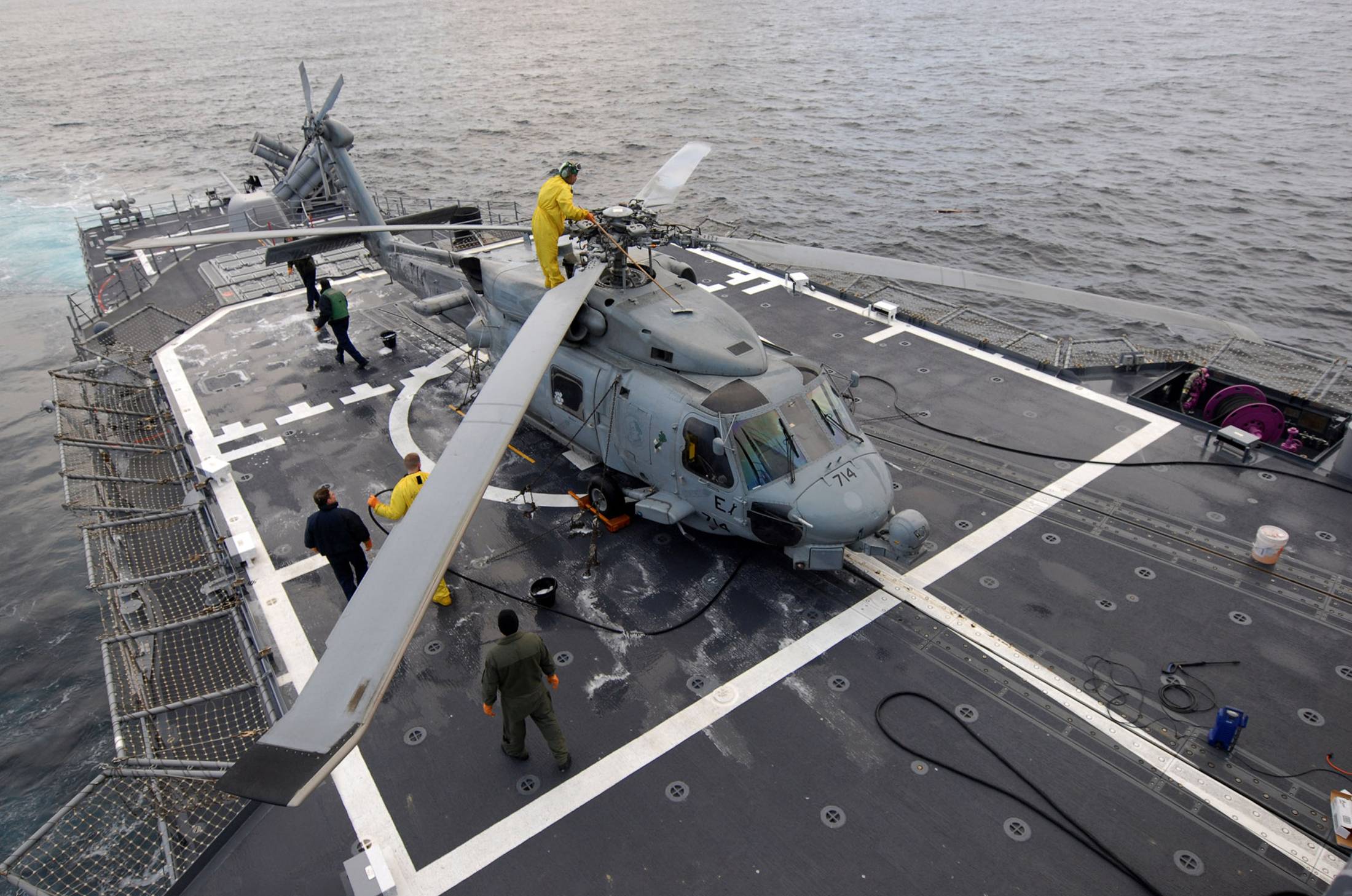The strongest military alliances tend to be tempered on the battlefield, strengthened in combat against a mutual adversary. There, political bonds and effectiveness of military interoperability are put to the test.
For decades following the end of the postwar Occupation, the Japan-U.S. alliance had no such test — certainly nothing that required mass mobilization and coordinated response with such high stakes involved. That is, until Japan experienced a devastating earthquake in 2011 off the coast of Tohoku, triggering a tsunami that wiped out the northeastern coastline and sparking the nuclear disaster in Fukushima.
The allied response to the triple disaster on 3/11 through Joint Task Force Tohoku on the Japan Self-Defense Forces (SDF) side and Operation Tomodachi on the U.S. military side was unprecedented. Twenty-four thousand U.S. service members, 189 aircraft and 24 naval vessels joined the 106,000 SDF personnel in a weeks-long operation to stanch the damage and help put the nation back on its feet. While the two countries’ forces had exercised together before, there was nothing they had done that could compare to this.


















With your current subscription plan you can comment on stories. However, before writing your first comment, please create a display name in the Profile section of your subscriber account page.